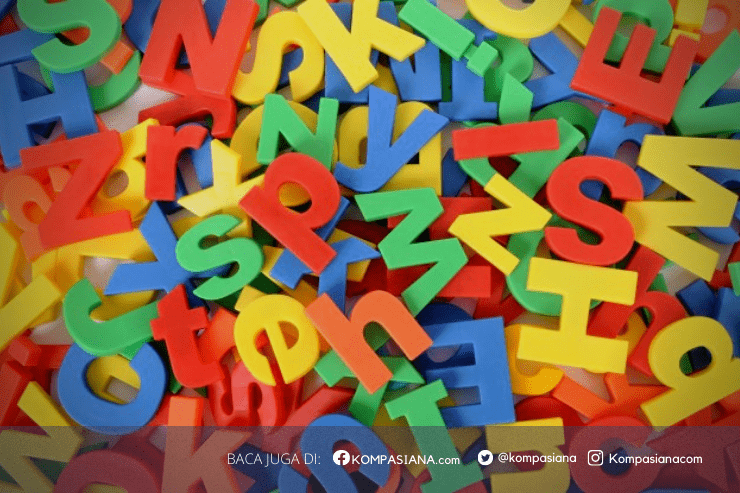Transliteration is opposed to transcription, which specifically maps the sounds of one language to the best matching script of another language. Still, most systems of transliteration map the letters of the source script to letters pronounced similarly in the goal script, for some specific pair of source and goal language. If the relations between letters and sounds are similar in both languages, a transliteration may be (almost) the same as a transcription. In practice, there are also some mixed transliteration/transcription systems that transliterate a part of the original script and transcribe the rest.
For instance, the Greek phrase "Ελληνική Δημοκρατία" 'Hellenic Republic' can be transliterated as "Ellēnikē Dēmokratia" by substituting Latin letters for Greek letters. From an information-theoretical point of view, systematic transliteration is a mapping from one system of writing into another, word by word, or ideally letter by letter. Most transliteration systems are one-to-one, so a reader who knows the system can reconstruct the original spelling.
The transliteration discussed above can be regarded as transliteration in the narrow sense. In a broader sense, the word transliteration may include both transliteration in the narrow sense and transcription.
Transliteration of single words is often an informal non-systematic process; many variants of the same word are often used. For example the Hebrew word מַצָּה is rendered in English, according to the second edition of the Oxford English Dictionary, as matzo, matzah, matso, motsa, motso, maẓẓo, matza, matzho, matzoh, mazzah, motza, and mozza.
For example, the Greek language is written in the 24-letter Greek alphabet, which overlaps with, but differs from, the 26-letter Latin alphabet in which English is written. Etymologies in English dictionaries often identify Greek words as ancestors of words used in English, and sometimes transliterate the Greek words into Roman letters.
Arabic Transliteration
During the last decades of the 20th century and especially since the 1990s, Western text communication technologies became increasingly prevalent in the Arab world, such as personal computers, the World Wide Web, email, bulletin board systems, IRC, instant messaging and mobile phone text messaging. Most of these technologies originally had the ability to communicate using Latin script only, and some of them still do not have the Arabic alphabet as an optional feature. As a result, Arabic speaking users communicated in these technologies by transliterating the Arabic text in to English using Latin script. To handle those Arabic letters that do not have an approximate phonetic equivalent in the Latin script, numerals and other characters were appropriated. For example, the numeral "3" is used to represent the Arabic letter ⟨ع⟩ (ʿayn). Many users of mobile phones and computers use Arabish even when their system supports the Arabic script because they do not always have Arabic keyboards, or because they are more familiar with the QWERTY keyboard layout for typing.
Some peoplerefer to Arabish as Arabic Chat Alphabet because it was most often used to communicate on online chat services; the main name is "Aralish" or "Arabish" (as "Ara"/"Arab" stands for the first letters of "Arabic" and "Lish"/"ish" stands for the last letters of "English"). In Literary Arabic, the term عربية الدردشةcan be constructed, which literally mean "Arabic of chat."
Egyptian internet users more likely call it Franco-Arab. Another possible known name is Arabi bel Engelizi (Egyptian Arabic: عربى بالانجليزى, "Arabic by English"). Arabish and Arabizi are not known namings to Egyptians. Online communications, such as IRC, bulletin board systems, and blogs, are often run on systems or over protocols which don't support codepages or alternate character sets. This system has gained common use and can be seen even in domain names such as Qal3ah.
It is most commonly used by youths in the Arab world in very informal settings, for example communicating with friends or other youths. The Arabic Chat Alphabet is never used in formal settings and is rarely, if ever, used for long communications. The length of any single communication in ACA rarely ever exceeds more than a few sentences at a time.
Even though the Arabic language is well integrated with Windows XP and Mac OS X, people still use it in Arabic forums and instant Messaging programs such as Windows Live Messenger and Yahoo! Messenger because they don't always have Arabic keyboards. Also, some people are not capable of using an Arabic keyboard as it is much more complicated than the English one.
Arabish is used on many public advertisements by large multinationals. Because of its widespread use, large players in the online industry like Google and Microsoft introduced tools that convert text written in Arabish to Arabic.
For Table of Arabic Transliteration, download here
For Instruction of Arabic Transliteration, download here
For Times New Arabic Font, download here










